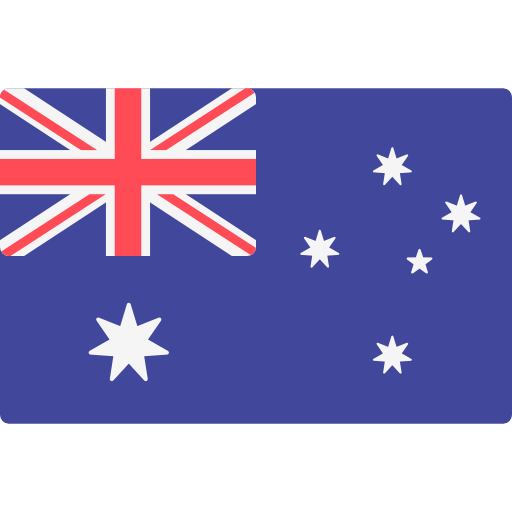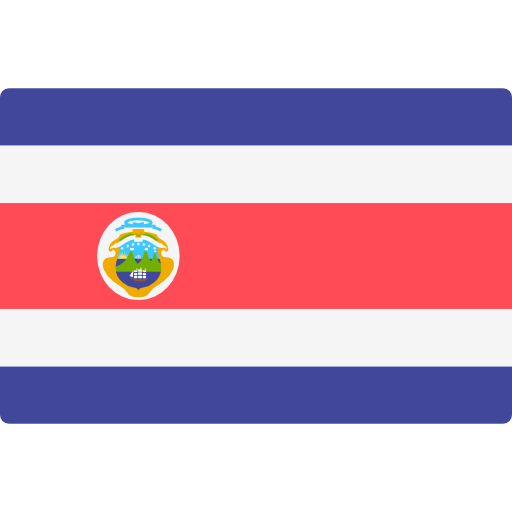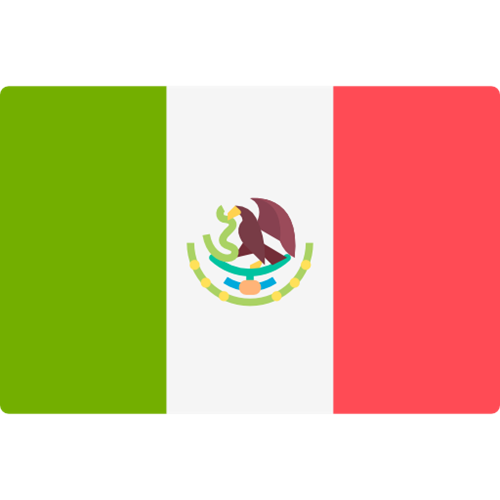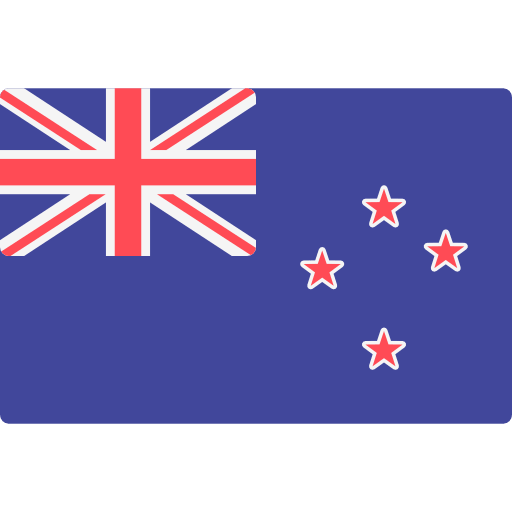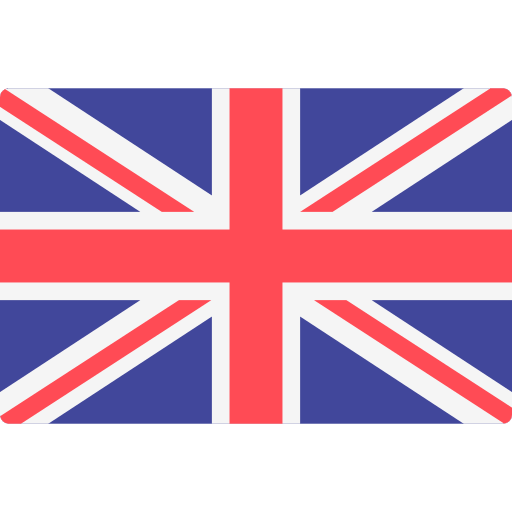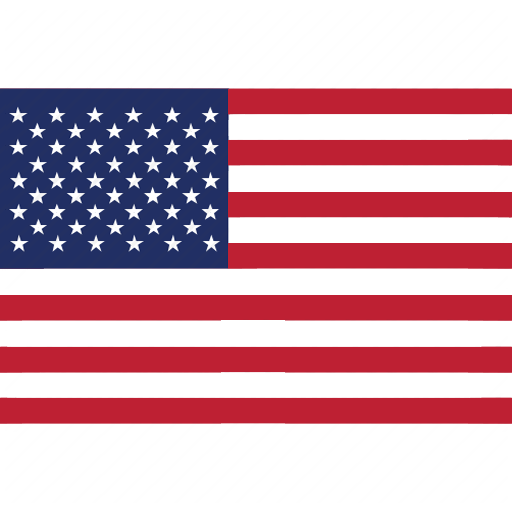Eurofins Softlines & Leather Monthly Bulletin (January 2025)


New update to Candidate List of Substances of Very High Concern (SVHCs)
On 21 January 2025, ECHA (European Chemicals Agency) released a new Candidate List of SVHCs with the addition of five new substances. The current list of SVHCs now contains 247 substances.
See below a table indicating the latest substance addition:
|
Nº |
Substance name |
EC number |
CAS number |
Reason for inclusion |
Examples of use(s) |
|
1 |
6-[(C10-C13)-alkyl-(branched, unsaturated)-2,5-dioxopyrrolidin-1-yl]hexanoic acid |
701-118-1 |
2156592-54-8 |
Toxic for reproduction (Article 57c) |
Lubricants, greases, release products and metalworking fluids |
|
2 |
O,O,O-triphenyl phosphorothioate |
209-909-9 |
597-82-0 |
Persistent, bioaccumulative and toxic, PBT |
Lubricants and greases |
|
3 |
Octamethyltrisiloxane |
203-497-4 |
107-51-7 |
Very persistent, very bioaccumulative, vPvB |
Manufacture and/or formulation of: cosmetics, personal/health care products, pharmaceuticals, washing and cleaning products, coating and non-metal surface treatment and sealants and adhesives |
|
4 |
Perfluamine |
206-420-2 |
338-83-0 |
Very persistent, very bioaccumulative, vPvB |
Manufacture of electrical, electronic and optical equipment and machinery and vehicles |
|
5 |
Reaction mass of: triphenylthiophosphate and tertiary butylated phenyl derivatives |
421-820-9 |
192268-65-8 |
Persistent, bioaccumulative and toxic, PBT |
No active registrations |
Additionally, the ECHA (European Chemicals Agency) updated the existing Candidate List of SVHCs for Tris(4-nonylphenyl, branched and linear) phosphite entry. Its endocrine-disrupting properties for the environment are included.
See below a table indicating the update for Tris(4-nonylphenyl, branched and linear) phosphite entry:
|
Nº |
Substance name |
EC number |
CAS number |
Reason for inclusion |
Examples of use(s) |
|
1 |
Tris(4-nonylphenyl, branched and linear) phosphite |
- |
- |
Endocrine disrupting properties (Article 57(f) – environment) |
Polymers, adhesives, sealants and coatings |
Legal obligations for companies using SVHC substances include:
- Suppliers provide customers and consumers with enough information to allow for the safe use of products that contain a substance of very high concern (SVHC) above a concentration of 0.1 % (weight by weight of 4-nonylphenol, branched and linear (4-NP).)
- Importers and producers of these products must notify the ECHA if their article contains SVHC substances above a concentration of 0.1% weight by weight (w/w) and the substance is present in those products in quantities totalling over 1 tonne per producer or per importer per year. The notifications must be submitted within six months from the date that the substance is included in the list.
- Suppliers of substances on the Candidate List, supplied either on their own or in mixtures, must provide their customers with a safety data sheet.
- Under the Waste Framework Directive (Directive 2008/98/EC on waste- WFD), any supplier of an article containing a substance of very high concern (SVHC) in a concentration above 0.1% weight by weight (w/w) on the EU market is required to submit a SCIP Notification on that article to ECHA, as of the 5th of January 2021. SCIP is the database holding information on Substances of Concern in articles, as such or in complex objects (products), established under the WFD. The SCIP database complements the existing notification obligations for Candidate List substances in articles subject to REACH regulation and its related communication through the supply chain, according to Articles 7 (2) and 33 respectively.
Click here to visit the official list on ECHA’s website.
EU textile labelling initiative
On 15 April 2024, the European Commission closed the public consultation related to the physical and digital labelling of textiles and related products.
The main aims are to provide consumers with information on environmental aspects and reduce compliance costs.
The Commission adoption is planned for the third quarter of 2025.
For more information, please refer to the official publication on the European Commission website here.
The table below summarises the most recent standard updates and upcoming dates of withdrawal (non-exhaustive):
(*) Date of withdrawal: The latest date by which national standards conflicting with a European Norm (EN) (and Harmonisation Document (HD) for the European Committee for Electrotechnical Standardisation (CENELEC)) have to be withdrawn.
|
The European Committee for Standardisation (CEN)/CENELEC |
||||
|
Reference |
Title |
Date of withdrawal (*) |
Supersedes |
|
|
Leather - Chemical tests for the determination of certain azo colourants in dyed leathers - Part 1: Determination of certain aromatic amines derived from azo colourants (ISO 17234-1:2024) |
30 June 2025 |
|||
|
Textile floor coverings - Classification of carpet underlays |
31 May 2025 |
|||
OEHHA finalises changes to Prop 65 Short-Form Warning Regulations
On 6 December 2024, the California Office of Environmental Health Hazard Assessment (OEHHA) published amendments to Proposition 65 (Prop 65) Article 6 “Clear and Reasonable Warnings” regulations for “short-form” warnings. Approved by the Office of Administrative Law (OAL) on 26 November 2024, these amendments will take effect on 1 January 2025.
Key revisions
- Chemical Name Inclusion
The amendments require businesses to include at least one chemical name for each applicable endpoint (cancer and/or reproductive toxicity) in short-form warnings. This change promotes transparency for consumers by identifying the specific substances triggering the warning. - Transition Period
Businesses have until the 1st of January 2028, to transition to the updated short-form warning requirements. This extended timeline allows sufficient time for label updates and compliance planning. - Unlimited Sell-Through Allowance
Products labelled with the existing short-form warnings before or during the transition period may continue to be sold indefinitely without the need for relabelling, ensuring minimal disruption to existing inventory. - Flexibility in Label Size and Warning Methods
Label size restrictions for short-form warnings have been removed. Businesses can now apply short-form warnings to any label size, provided the text remains at least 6-point font and is conspicuous. - Internet and Catalogue Warnings
Retailers must ensure Proposition 65 warnings for online sales are accessible both prior to purchase and before product exposure. A 60-day grace period allows for updates to online warnings upon receiving revised content from manufacturers. - Tailored Warnings
New tailored safe harbour warnings have been introduced for specific product categories, such as vehicle and recreational marine vessel parts, offering businesses compliance flexibility and clarity for these specialised products.
Resources and next steps
The OEHHA announcement as well as the final rule can be reviewed here.
Manufacturers, brands, and retailers are strongly encouraged to review these regulatory updates, evaluate their product lines, and begin implementing necessary changes within the transition period.
EPA amends TSCA Rules for Deca-BDE and PIP(3:1)
On 19 November 2024, the US Environmental Protection Agency (EPA) published a final rule in the Federal Register to amend Subpart E of 40 CFR 751, related to the persistent, bioaccumulative, and toxic (PBT) chemicals regulations under Section 6 of the Toxic Substances Control Act (TSCA).
The final rule makes revisions to the rules for Deca-BDE and PIP(3:1) and will come into effect on 21 January 2025. Please see below table for a summary of the key revisions.
|
Substance |
Revisions |
|
Deca-BDE |
|
|
PIP(3:1) |
|
Below you will find a monthly summary of product recalls and alerts in Europe (Source “Safety Gate (RAPEX)”) and the U.S. (Source “CPSC”).
Safety Gate (RAPEX) (European Commission Rapid Alert System for dangerous non-food products – Alerts reported by EU national authorities)
The following 12 alerts regarding clothing, textile and fashion items were reported between week 47 and week 50 of 2024.
|
Type of Risk |
Number of alerts |
Notes |
|
|
|
Hat |
|
|
Glasses case |
|
|
|
Belt |
|
|
|
Children's t-shirt |
|
|
|
|
Slippers |
|
|
|
Children's swimsuit |
|
|
|
Children's hoodie |
|
|
|
Children's hoodie |
|
|
Children's clothing set |
Below you will find a monthly summary of product recalls and alerts in the UK market.
Office for Product Safety and Standards (OPSS) issues Product Safety Alerts to the UK market. The following 3 alerts regarding clothing, textile and fashion items were issued between week 47 and week 50 of 2024.
|
Hazard |
Number of alerts |
Notes |
|
|
|
Children’s shoes |
|
|
|
Earmuffs |
|
|
|
Heeled Shoes |
From 5 December 2024 to 19 December 2024, the CPSC (Consumer Product Safety Commission) published the following recalls: 1 recall of textile & leather products
|
Hazard |
Number of alerts |
Notes |
|
|
|
Oven gloves |

